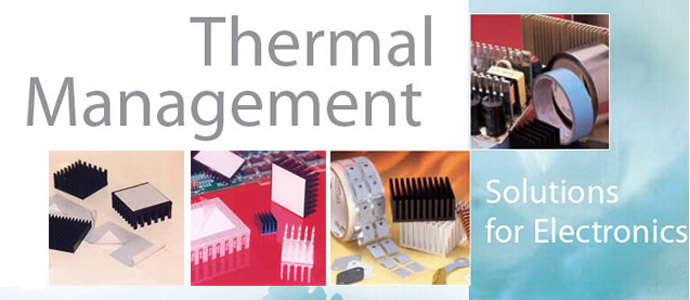When we talk about thermal pad, we will know that it's a pre-formed square or rectangle of solid material typically used with a central processing unit (CPU) and heatsink to create a better system of thermal conductivity.
Pad type of thermal material is often used instead of thermal paste since it is less messy than the paste and is sometimes included with a newly purchased heatsink rather than thermal paste. The thermal pad is typically less effective than thermal paste, however, so any computer user looking to overclock his or her CPU should consider using the paste rather than a pad.

